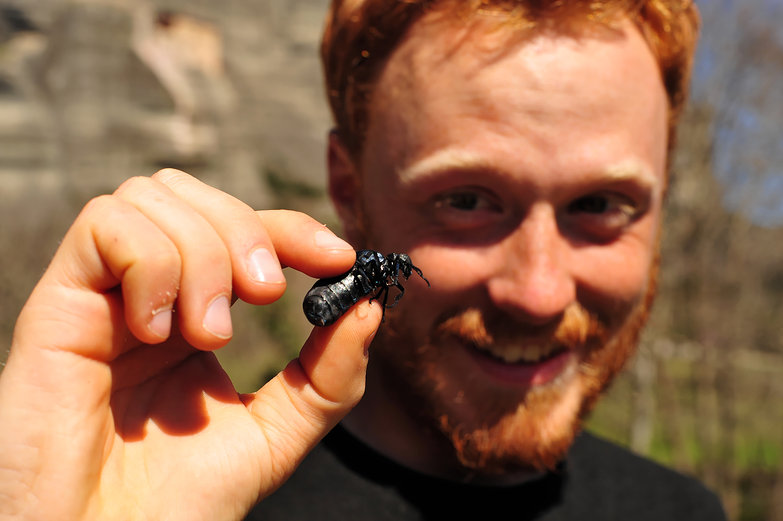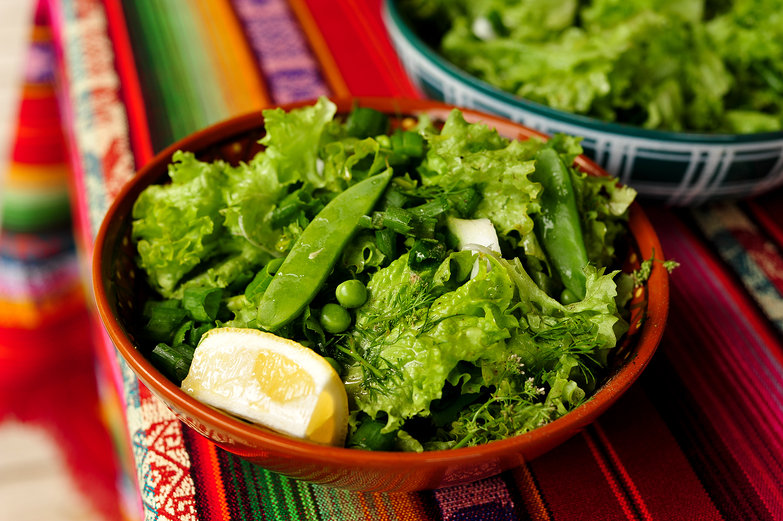For as long as I can remember, I've wanted to lead a self-sufficient life. As a child, I was inspired by children's book author and illustrator Tasha Tudor. I wanted to follow in her footsteps, living off the land, growing lush gardens and caring for a menagerie of animals. Growing up, my Christmas lists looked as though they'd been pulled straight from my grandparents' issues of Reminisce magazine (another obsession of mine)—all I wanted were things like looms, candle-making kits and books about canning.
Though a vague desire to live self-sufficiently was always there, I never followed through in learning the many skills required to be a true homesteader. I was intimidated by canning, I couldn't see myself "roughing it", and I gave up on weaving well before my loom was even threaded. The furthest I got was dressing up as Laura Ingalls Wilder for Halloween when I was twelve.
Over the years, the dream stayed with me, lingering in the back of my mind until I eventually shared it with Tyler. Apparently (though I have no recollection of it), he and I talked about homesteading before we even left on our trip. To this day, I am amazed and thankful that my partner saw a world cyclist in a woman who didn't like bicycles (or camping), and that a computer programmer who once hated vegetables and manual labor has become an eager homesteader-to-be!
During our trip, the desire to get back to the land became less of a vague, amorphous notion, and more of a logical, practical, obvious plan. We felt more alive being outside in nature, and we were happy to have animals both wild and domestic as a constant part of our daily lives. Life simply seemed richer while we were sleeping in the woods, staring into fires, and taking the time to smell the flowers. We felt more connected to ourselves, the earth, and our very small place in it.
Meanwhile, we were inspired by many of the people we met along the way. There was John Carr-Ellison, who managed a massive sheep farm and talked to us about managing it sustainably, and Irene, the beekeeper's wife who taught us about bees and honey. There were a plethora of cheese-makers, bakers, and craftspeople whose daily tasks resonated deeply with us as well.
Riding bicycles around the world forced us to get in touch with the things we truly needed to survive, and it wasn't much: food, water, and protection from the elements. What's more, the myriad of dwellings we witnessed across Europe and Asia drastically expanded our idea of what constituted "shelter", transforming our worldview even further.

There were cob walls and thatched roofs in England, while France and Italy were scattered with centuries' old, stone structures. Tunisian dug-out homes, Mongolian gers, and Laotian woven huts helped break us of the idea that a "house" automatically meant stick frames, sheetrock, massive amounts of debt, and "professionals" doing all the building for us.
Now that we're home from our journey, the idea of living off the land is leaving the realm of murky fantasy and rapidly becoming the only thing that makes sense to us. We are filled with a burning desire to turn our dreams into a reality once more, and we're busy looking for a small piece of land on which to do it.

We seek the luxury of simple pleasures like wood-smoke, birdsong, home-brewed beer, homemade cheese, beehives replete with honey, and vegetables plucked straight from the garden. We're after the pride of building a cozy homestead with our own two four hands, and the satisfaction of becoming more skilled, capable, and self-sufficient human beings.
Our intent is to craft a simple and sustainable life of meaningful work that directly supports our survival, and to enjoy the sweet rewards of that effort. As with our previous adventure, we plan to document our journey, capturing as much of the experience as we can. In the coming months and years we'll be sharing the good and the bad, our successes and our mistakes, with anyone who wishes to follow along.



























